10 Must Have Tips for Safer Night Boating
The sunsets. Darkness creeps in. Your surroundings disappear. How do you feel? Do you feel confident navigating your boat without the assistance of the light of day?
Many boaties will acknowledge this can be a daunting situation to be in, however, with the right knowledge and equipment it doesn’t have to be a formidable experience. Having the right know-how can make a night out on the water can be incredibly rewarding.
So how to equip and prepare yourself?
“One of the most important things to remember when boating at night is to stay within your comfort zone. Drop your speed, give things a wider berth if necessary and take a cautious approach. No matter what type of equipment you have onboard, you will never have the same visibility at night as during the day.” So say the wise writers at Boating Education.
Navigational lights on a cruise ship in the distance. These lights can tell us type of vessel, distance and direction.
Navigation lights are an integral part of the “equipping yourself for night boating” equation. In the same way that cars are required to have headlights, taillights, and indicators, proper navigation lights are also necessary when boating. It is important to note, however, that requirements differ dependent on what sort of boat you have. This depends on whether your boat is power-driven or a sailing vessel, and on its size.
These lights carry important messages. For example, they indicate what direction a vessel is traveling in, what sort of vessel it is, its approximate length, and if you are the give way or stand vessel. And if you see a flashing light, don’t presume it’s a navigation mark – it could be a high-speed ferry!
To learn whether you need a white, green, or red light and where on your boat it needs to be, then visit this site. To really know what you are doing at night, Coastguard Boating Education's Boatmaster course will help you gain these skills and give you more confidence boating at night.
Mariner Insurance recommends those contemplating night navigation take on board the following pointers:
Boating at night can be incredibly rewarding if you have the know how.
10 Tips for Boating at Night
1. Slow down, visibility is reduced at night. Distances are harder to judge, obstacles are difficult to see, and moisture and temperature changes create distortion. No matter what high-tech navigation equipment is on board, the first rule of night boating is to slow down.
2. Share the lookout duties. If you have someone along, keep that second pair of eyes strictly on the horizon with a periodic 360-degree scan to ensure no one is coming up from behind or at an angle. If passengers want to be lookouts, use them – the more eyes the better.
3. Tap into your preparations list. Before ever setting out in the dark, you should have refreshed the batteries in your flashlights and headlamps, put binoculars close to the helm, and locate your personal floatation devices. You may consider wearing PFDs with an attached strobe light or glow stick in case someone goes overboard.
4. Preserve your night vision. Dim all the onboard lights including courtesy lights, instrument and chart plotter backlighting, and cabin lights. Your night vision can take 20 minutes to adapt back to darkness after a flash of light.
5. Don't use headlights or spotlights. Use docking lights only when arriving at your destination like at a dock or another boat.
6. Look for red and green. Red and green lights are forward on either side of the bow and white light is aft at the stern. If you see both red and green, the boat is coming head-on. If you see white, the boat is ahead of you and/or moving away. If in doubt and you see red, stop. That means a boat is crossing your bow and it has the right of way.
7. Listen up! Your hearing may seem more acute in the dark given you can’t rely on your eyes.
8. Trust your navigation instruments. Your eyes can play tricks on you in the dark so if your chart plotter is normally trustworthy retain faith in it.
9. Bring along a towel—for many uses, such as wiping a fogged windshield, or keeping yourself warm and dry.
10. Dock with extra caution. Again, distances are distorted at night so only approach a dock as fast as you’re willing to hit it.
All of the above pointers are crucial as – while things like GPS units, chart plotters, radar, and thermal/night-vision scopes enhance safety - nothing replaces the human component when boating at night. Accurate navigation, lower speeds, eagle-eye lookouts, and safety precautions become much more critical while night-time boating.
Night-time boat operators should also be mindful of how low light affects people (for example, it takes the human eye up to 60 minutes to adjust from bright light to the most sensitive state in darkness.)
As mentioned, if you really want to know what you are doing when it comes to boating at night, Coastguard Boating Education's Boatmaster course will help you gain these skills and give you more confidence boating at night.
The right types of navigation lights
Properly fitted navigation lights are essential if you are to be recognised at night. In the same way that cars are required to have headlights, taillights and indicators, proper navigation lights are also necessary when boating.
There are different types of navigation lights, depending on the vessel:
- A sailing vessel (when sailing) is only required to display side-lights (the red and green lights) and a stern light.
- A power-driven vessels must also show a white masthead light. However, if you have a powerboat of less than 12 metres in length, an all-round white light can replace the stern and masthead lights.
- When a sailing vessel is using its engine, it is required to show the lights of a power-driven vessel.
- A power driven vessel (e.g. dinghy) of less than 7m in length whose speed doe not exceed 7 knots can exhibit an all-round white light.
Navigation lights are essential in helping you to be seen by other boaties and to allow you to act in a seamanlike manner. For example, you can work out if you’re overtaking someone if you only see the stern light, or if you’re crossing someone you will know what direction they are travelling according to whether you see a green or red light. If you see both red and green then they are travelling directly towards you! You’ll also know if the boat is a power-driven vessel, a rowboat or yacht depending on the lights they have. One common mistake made by many yacht owners is to fit a masthead light (sometimes called the motoring light) lower than the tricolour (at the top of the mast). When motoring the masthead light must be above the side-lights.
When navigating at night in a busy harbour, or where there are a lot of background land lights, it’s very easy to become confused with all the light ‘pollution’. Have a look around - if you see a flashing light it could be a navigation mark or a high speed ferry. If it’s fixed it could be another vessel, and so you have to decide from looking at the lights what direction it’s travelling, what type of vessel it is, its length, and if you are the give way or stand vessel.To read more about the basic requirements of Marine Navigational Lights visit Burnsco for advise and anything you may need to purchase to ensure your boating experience is safe and meets NZ Standards.
Looking for the right cover on the water in New Zealand in 2021?
No matter what your plans are on the water in this summer, Mariner Insurance is here to support you. Maritime has been offering Kiwis specialist marine insurance in New Zealand for over a decade with cover for all types of boats and watercraft. Just talk to Mariner about what you’re doing on the water, and they can tailor one of their insurance policies to fit.
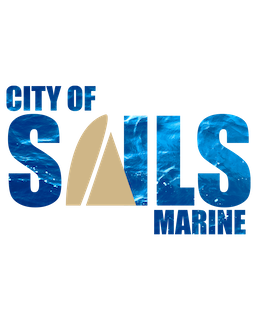


















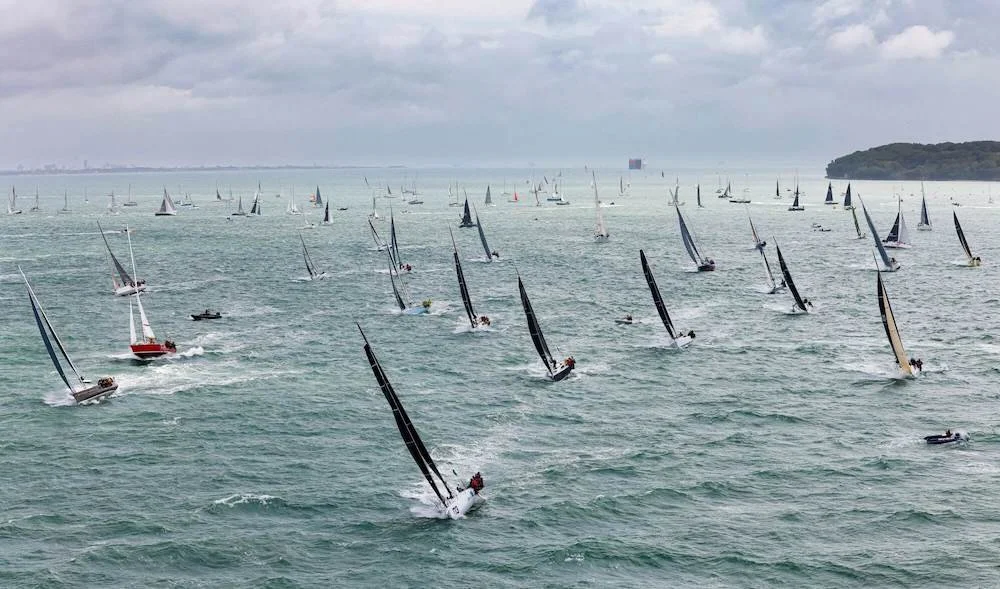
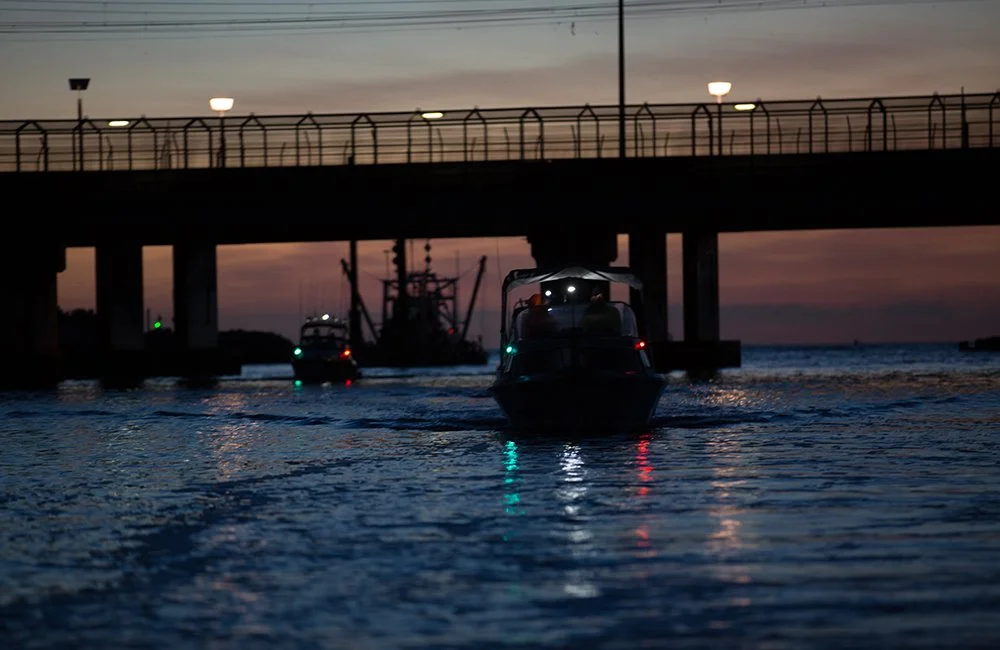
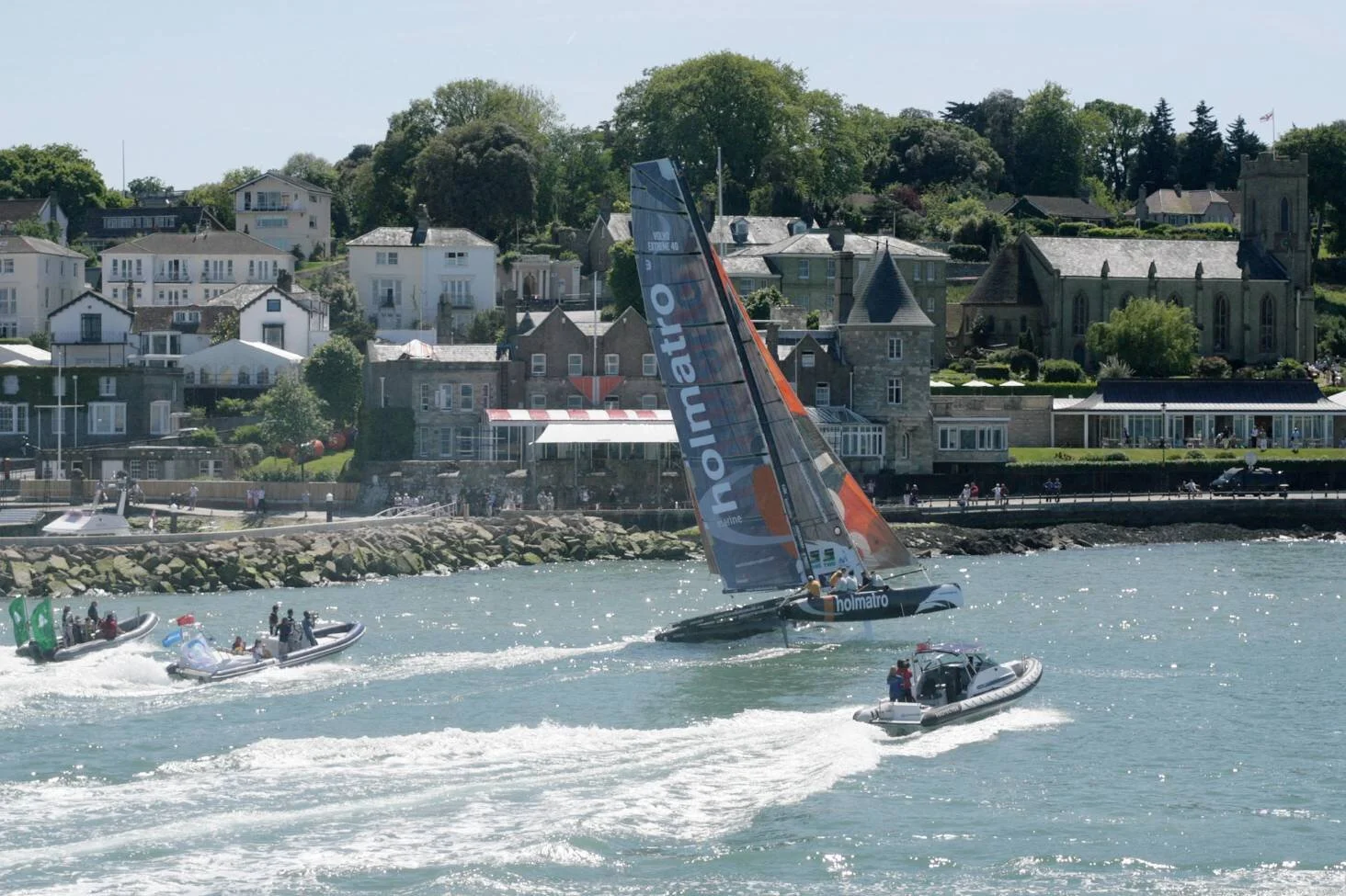
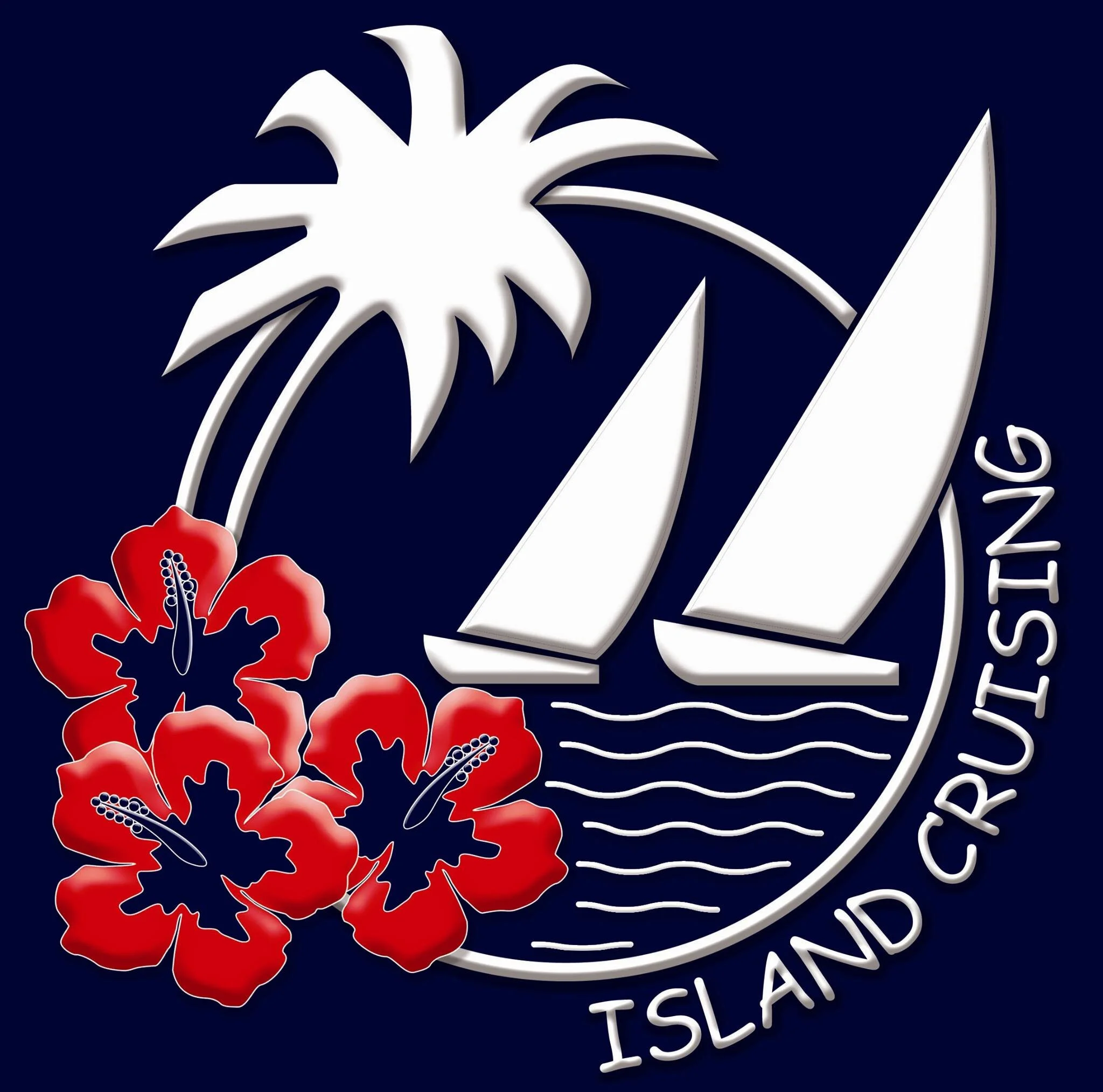

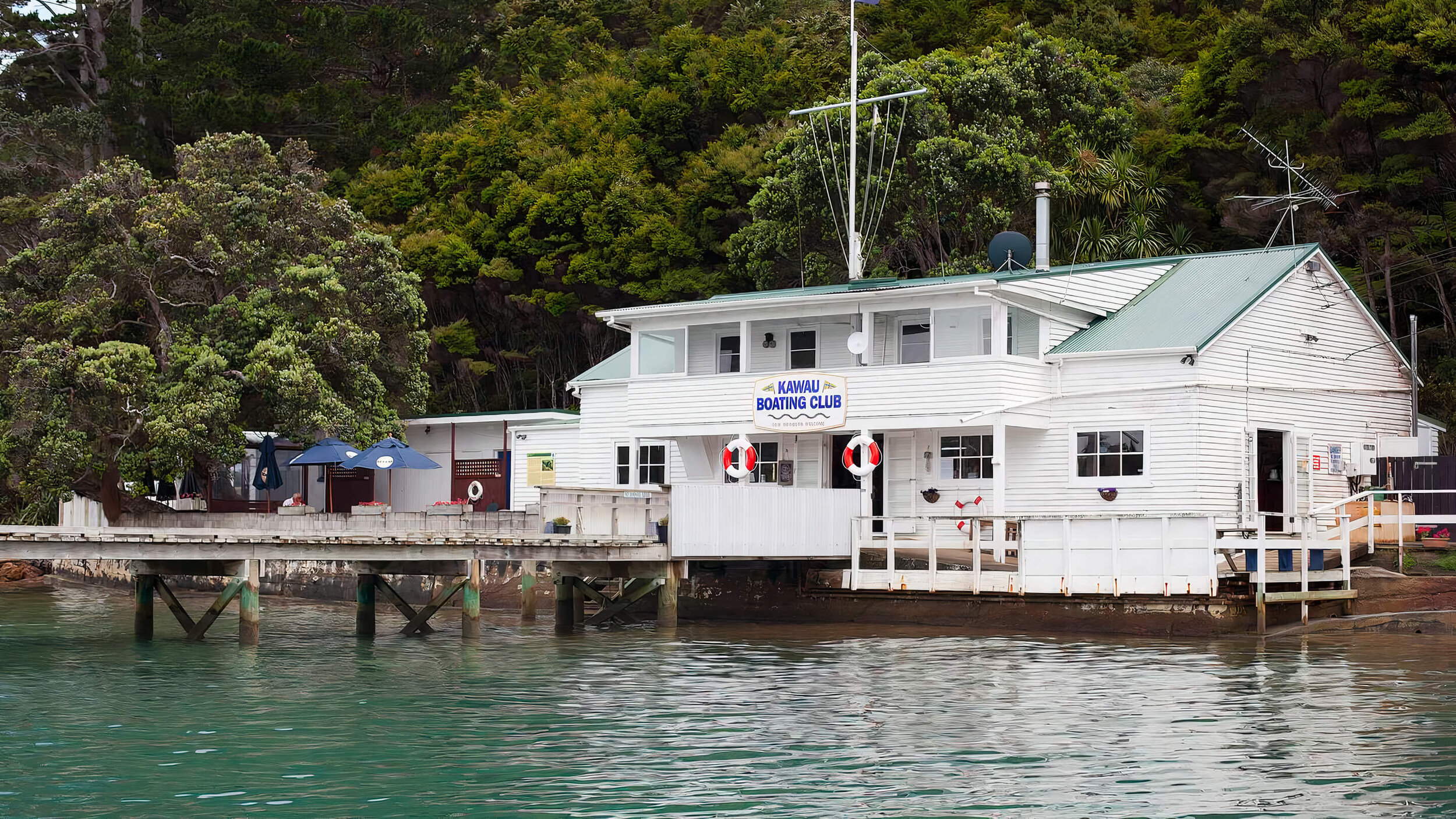

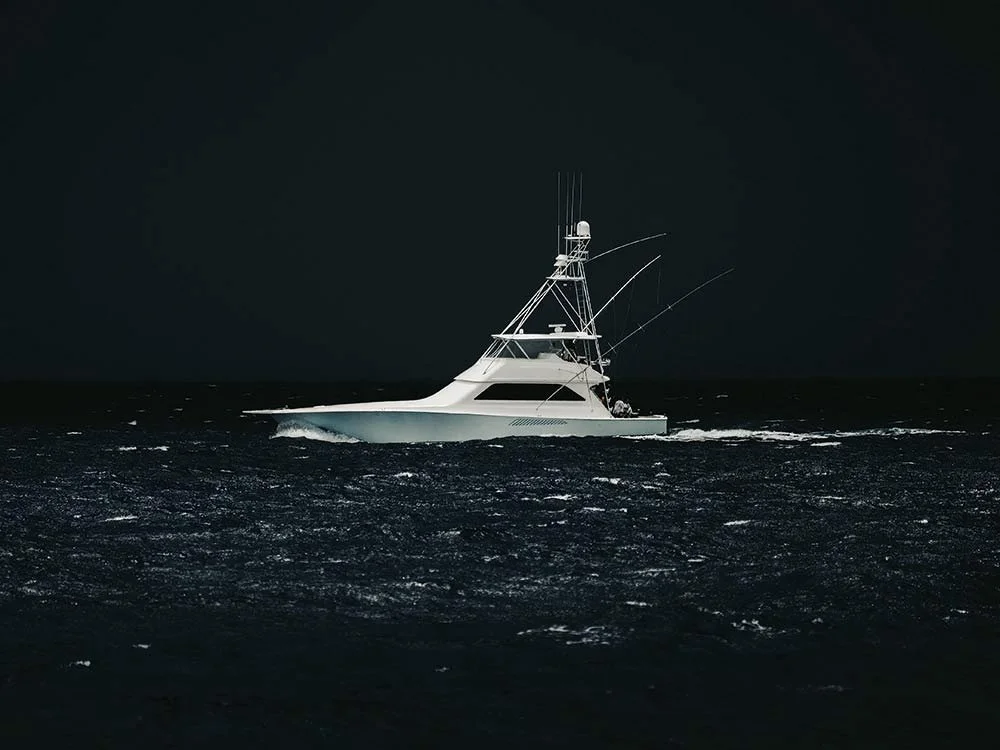

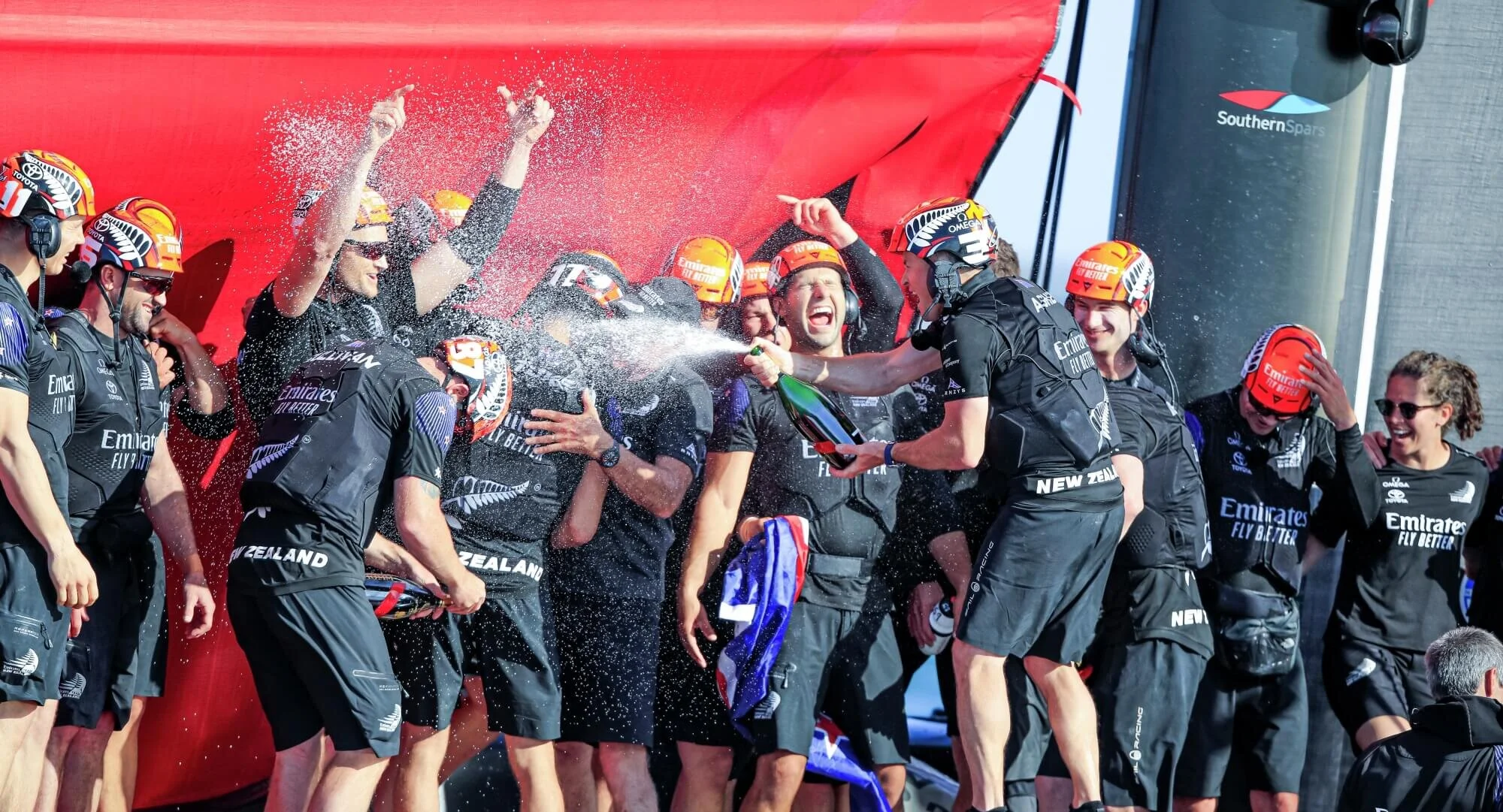
Sign up for our newsletter here